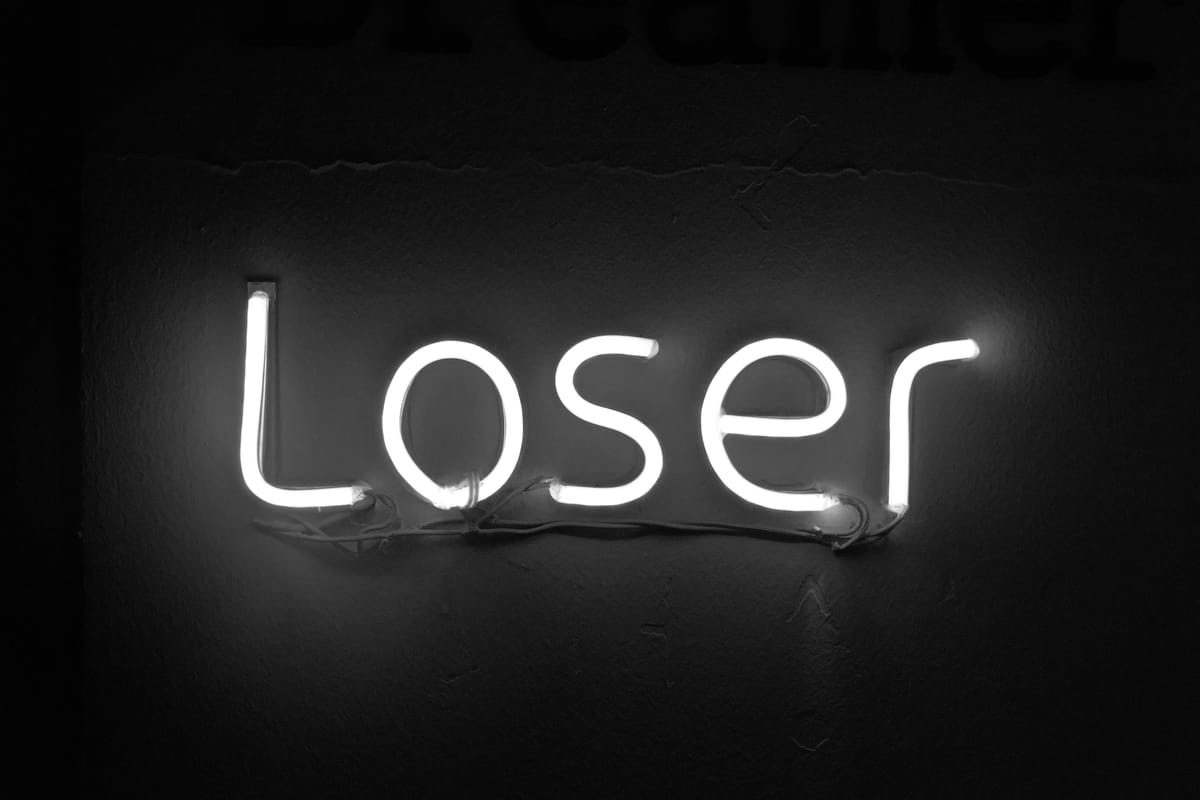How the Stanley Quencher became a global mega hit
Yet another marketing post about a very popular sippy-cup.
Actually if we have to see another post about how this bloody sippy-cup became a 'global phenomenon'; as if some magic sprinkles administered by Barbie herself, transformed something totally benign, into a flying unicorn...we'll go mad.
The reasons as to why Stanley's Quencher has become something of an 'overnight success' are numerous, complex and not nearly as straightforward as what many marketing 'experts' make them out to be.
Some say that it's a celebrity CMO that engineered the miracle, others seem to think that the Quencher phenomenon is part of a wave of 'woke', green-consumerism turned ugly.
What seems to be glaringly missing from a lot of the analyst commentary is that the Quencher is a product that's an extension of a range of drinking canisters from an old, established American brand that already had a significant reputation for quality and heritage in the marketplace long before this surge..
Stanley have been going at it for over 100 years. They're well-known for selling indestructible flasks to people who love camping and doing other recreational type shit that happens in the wild. Old men that love Beretta over-under shotguns, Barbour jackets and black labradors that slobber at the sound of a spent shell casing hitting a blade of grass also appear to love Stanley.
So when they took that significant - all be it niche - brand equity and opened up access to the brand by appealing to young women (amplifying that marketing effort by using some key influencers) - and then on top of that, adding a reason to buy a product more often than once every 100 years - well what do you know...they got a few extra sales.
Clever? Sure. Revolutionary? No.
Teenage girls gouging each other's eyes out to buy a pink glitter sippy-cup might be alarming to people who read the FT, but from Elvis Presley back in the day to Prime just the other day historical evidence of on-scene mob excitement erupting out of control thanks to something new hitting the scene, is hardly difficult to find.
It's not evidence of 'end stage capitalism' that one straight-faced article in the Guardian suggested, which had us laughing uncontrollably for an hour. The world is not irreversibly screwed because some crazy youngsters want to buy a questionably-sustainable, overly-expensive drinking cup from Target.
Brands can get into a rut and sell the same old stuff to the same old people without questioning why they carry on doing things as they always did. When somebody then comes in and removes the obvious barriers that the brand has built up over the years (dogged adherence to old customer personas), new customers are then welcomed in and sales improve. Stanley - although well-know - is a niche brand that grew by easing its own strict guidelines on who their products could be sold to and when they could be used.
Honestly - to us - this is what seems to have happened at Stanley.
Old dog; new tricks.
Previously:



